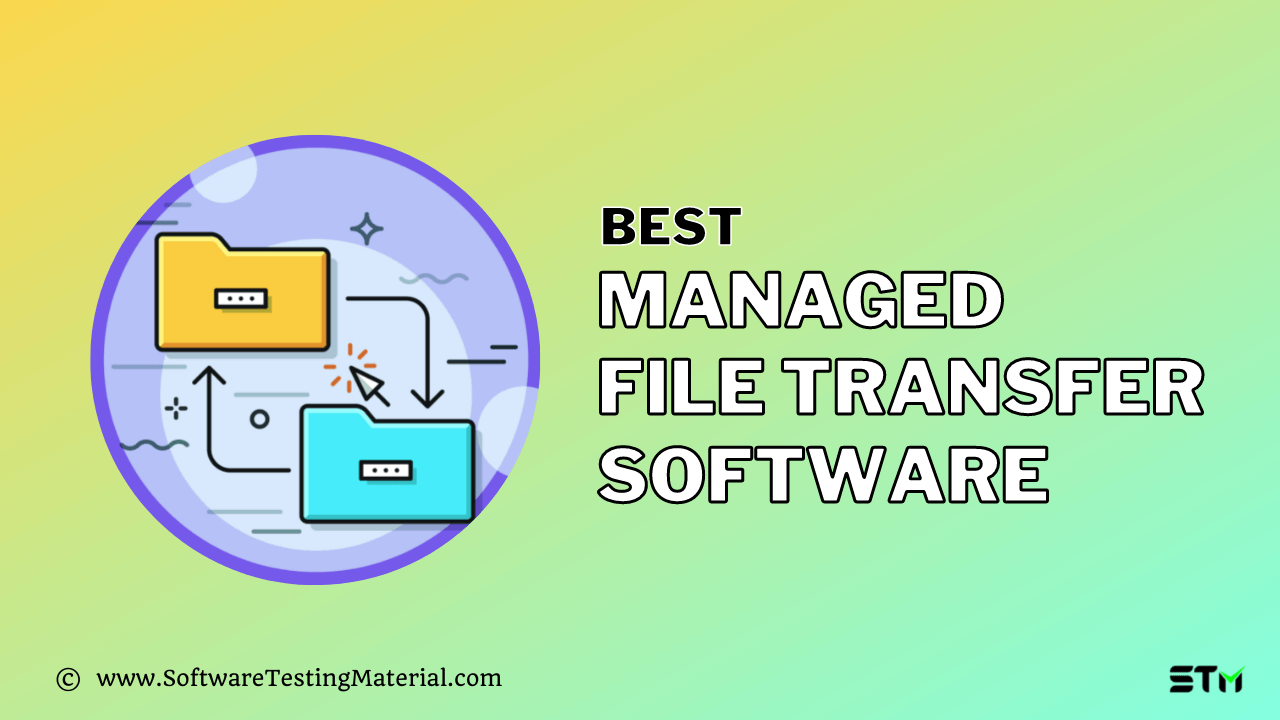Top-rated file transfer software for large organizations: Enhancing Efficiency and Security
Exploring the realm of top-rated file transfer software for large organizations, this article delves into the key features, security measures, scalability considerations, and integration capabilities that drive productivity and data protection.
Features of top-rated file transfer software
In large organizations, file transfer software plays a crucial role in ensuring seamless communication and collaboration among employees. The key features of top-rated file transfer software are designed to enhance productivity and efficiency within the organization, making it easier to securely transfer files of various sizes across different departments and teams.
1. Secure File Encryption
- Utilizes advanced encryption algorithms to protect sensitive data during transfer.
- Ensures that files are secure from unauthorized access or interception.
- Examples: WinSCP, FileZilla Pro, Ipswitch MOVEit
2. Large File Support
- Ability to transfer large files or data sets without any size limitations.
- Ensures fast and reliable transfer of files, even in high-volume environments.
- Examples: IBM Aspera, Signiant Media Shuttle, Dropbox Business
3. Centralized Management
- Provides a centralized dashboard for administrators to manage file transfers across the organization.
- Allows for tracking, monitoring, and reporting of file transfer activities.
- Examples: Axway SecureTransport, Globalscape EFT, Thru
4. Automation and Scheduling
- Enables automation of repetitive file transfer tasks to save time and effort.
- Allows for scheduling transfers during off-peak hours for optimized performance.
- Examples: JSCAPE MFT Server, IBM Sterling File Gateway, Cleo Integration Cloud
Security measures in file transfer software

Ensuring robust security measures in file transfer software is crucial for large organizations to protect sensitive data and prevent unauthorized access or breaches.
Various top-rated file transfer software utilize different security protocols to safeguard files during transmission. Let's compare some of the common security measures implemented:
Different Security Protocols Used
- Secure Sockets Layer (SSL) and Transport Layer Security (TLS): These protocols encrypt data during transmission, ensuring secure communication over networks.
- SSH File Transfer Protocol (SFTP): SFTP provides a secure way to transfer files over a network, encrypting both commands and data.
- FTP Secure (FTPS): FTPS adds a layer of security to traditional FTP by encrypting data using SSL or TLS protocols.
- PGP Encryption: Pretty Good Privacy (PGP) encryption is used to secure files by encrypting the content, ensuring only authorized users can decrypt and access the data.
Role of Encryption and Authentication Methods
Encryption and authentication methods play a crucial role in securing file transfers by:
- Encrypting data: Encryption converts plain text into unreadable ciphertext, making it unintelligible to unauthorized users.
- Authentication: Authentication methods verify the identity of users or systems involved in the file transfer process, ensuring only authorized entities can access the data.
- Key Management: Proper key management is essential for encryption and authentication, safeguarding the keys used to decrypt data and verify identities.
- Access Control: Implementing access control mechanisms ensures that only authorized users have permission to send, receive, or access specific files within the software.
Scalability and performance considerations
In the context of file transfer software for large organizations, scalability and performance are crucial aspects to consider. The ability of the software to handle increasing data volumes and file sizes efficiently can significantly impact the overall productivity and operations of the organization.One of the key scalability requirements for file transfer software in large organizations is the ability to support a growing number of users and devices.
As the organization expands, the software should be able to accommodate the increasing demand for file transfers without compromising speed or reliability.Top-rated file transfer software ensures high performance even with large file sizes and high volumes of data through various mechanisms.
These include optimized data transfer protocols, parallel processing capabilities, and efficient use of network resources. By leveraging these technologies, the software can maintain fast transfer speeds and minimal latency even when handling substantial amounts of data.Successful implementations of file transfer software in large organizations often highlight scalability and performance as key factors in their decision-making process.
For example, a multinational corporation with offices across the globe may require a file transfer solution that can support simultaneous transfers of large datasets between different locations without experiencing bottlenecks or delays. In this scenario, the organization would prioritize software that offers robust scalability and high performance to ensure seamless file transfers across its network.Overall, scalability and performance considerations play a critical role in the effectiveness of file transfer software for large organizations, enabling them to efficiently manage their data transfer needs and maintain optimal productivity.
Integration capabilities with existing systems

Seamless integration with existing systems is crucial for large organizations to ensure smooth operations and efficient workflow. When choosing a top-rated file transfer software, it is essential to consider its integration capabilities with various platforms and applications.
Popular Integrations Offered
- Integration with cloud storage services such as Google Drive, Dropbox, and Microsoft OneDrive, allowing users to easily transfer files between the software and these platforms.
- Integration with collaboration tools like Microsoft Teams, Slack, and Zoom, enabling users to share files directly from the software within these communication platforms.
- Integration with CRM systems such as Salesforce and HubSpot, facilitating the seamless transfer of files related to customer interactions and sales processes.
Advantages of Easy Integration
- Improved efficiency: Easy integration with existing systems eliminates the need for manual data entry and reduces the risk of errors, saving time and increasing productivity.
- Enhanced collaboration: By integrating with popular platforms and applications, teams can work together more effectively, share files effortlessly, and streamline communication.
- Scalability: Choosing software that can easily integrate with various systems allows organizations to scale their operations without facing compatibility issues or data silos.
Last Point

In conclusion, selecting the right file transfer software for large organizations is crucial for seamless operations and data security. By prioritizing features like encryption, scalability, and integration, organizations can ensure efficient file transfers and safeguard sensitive information.